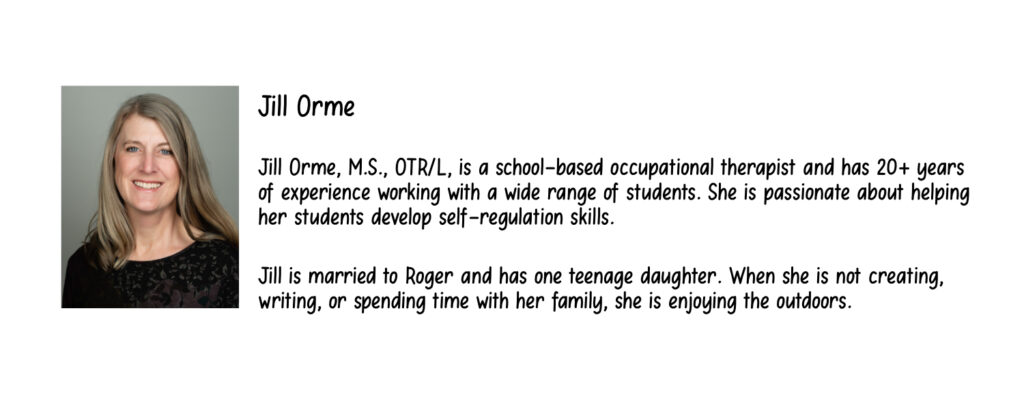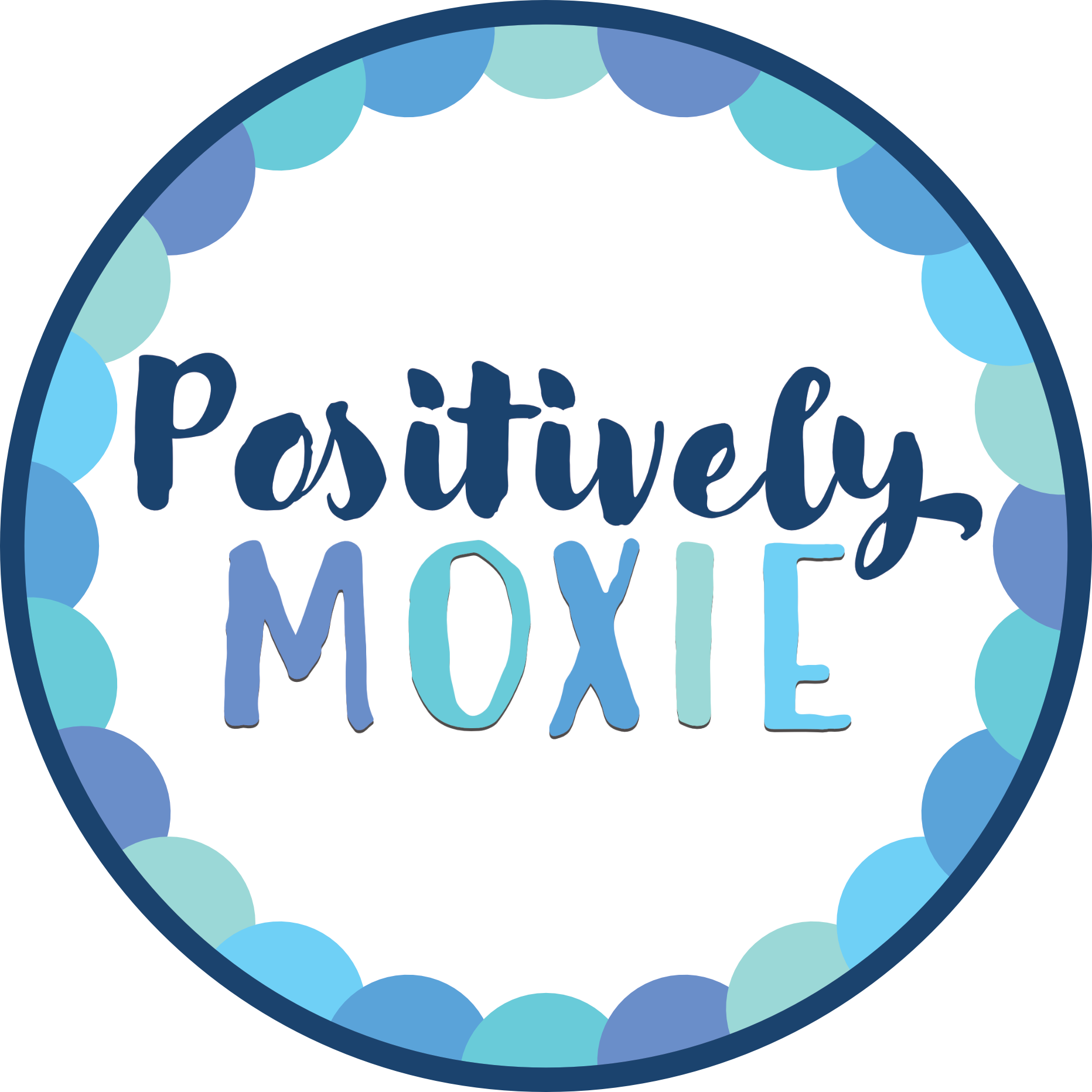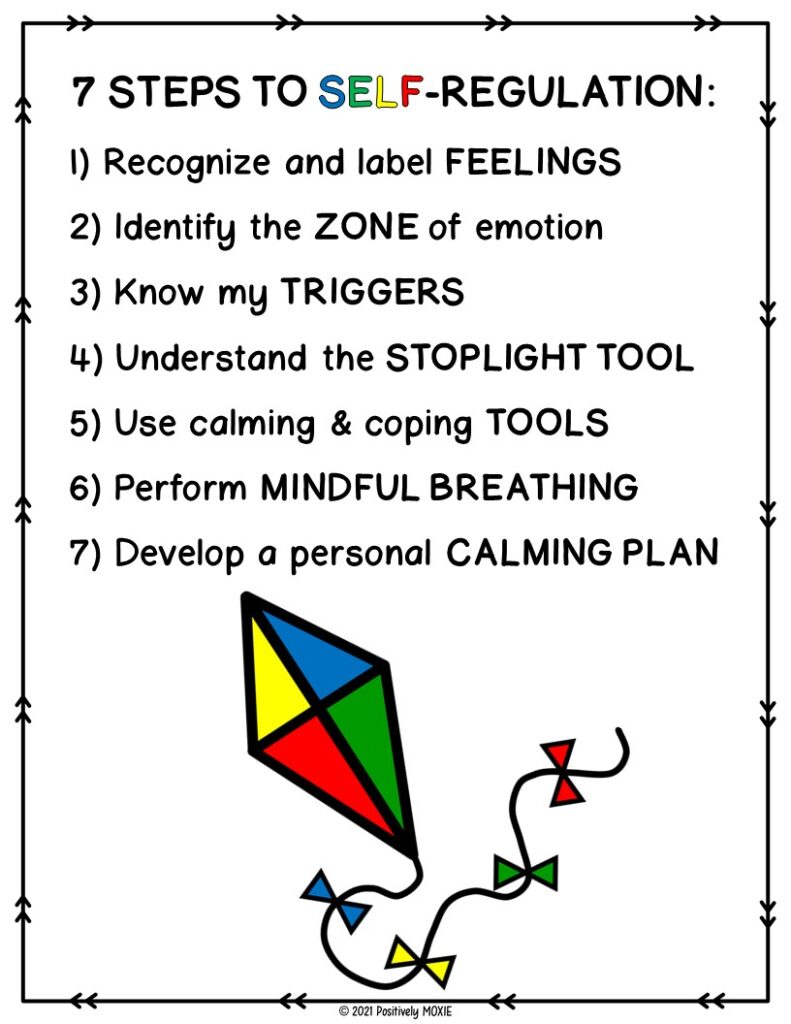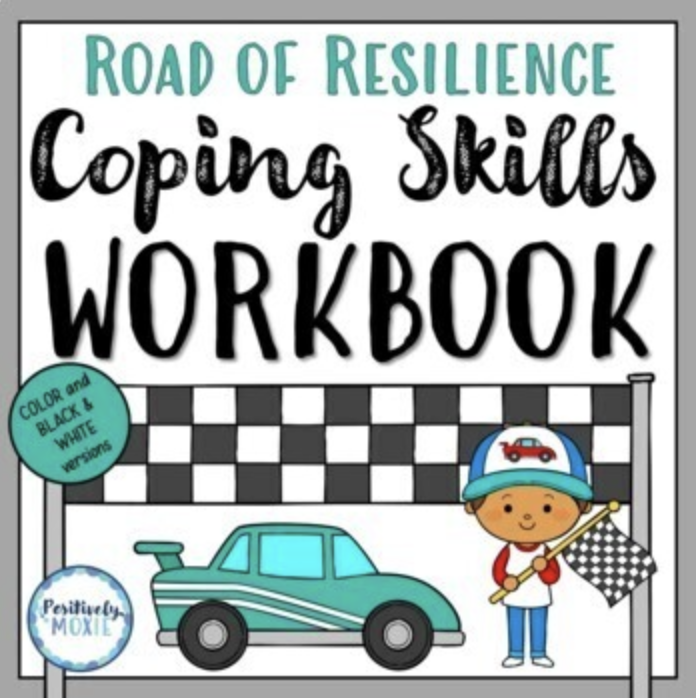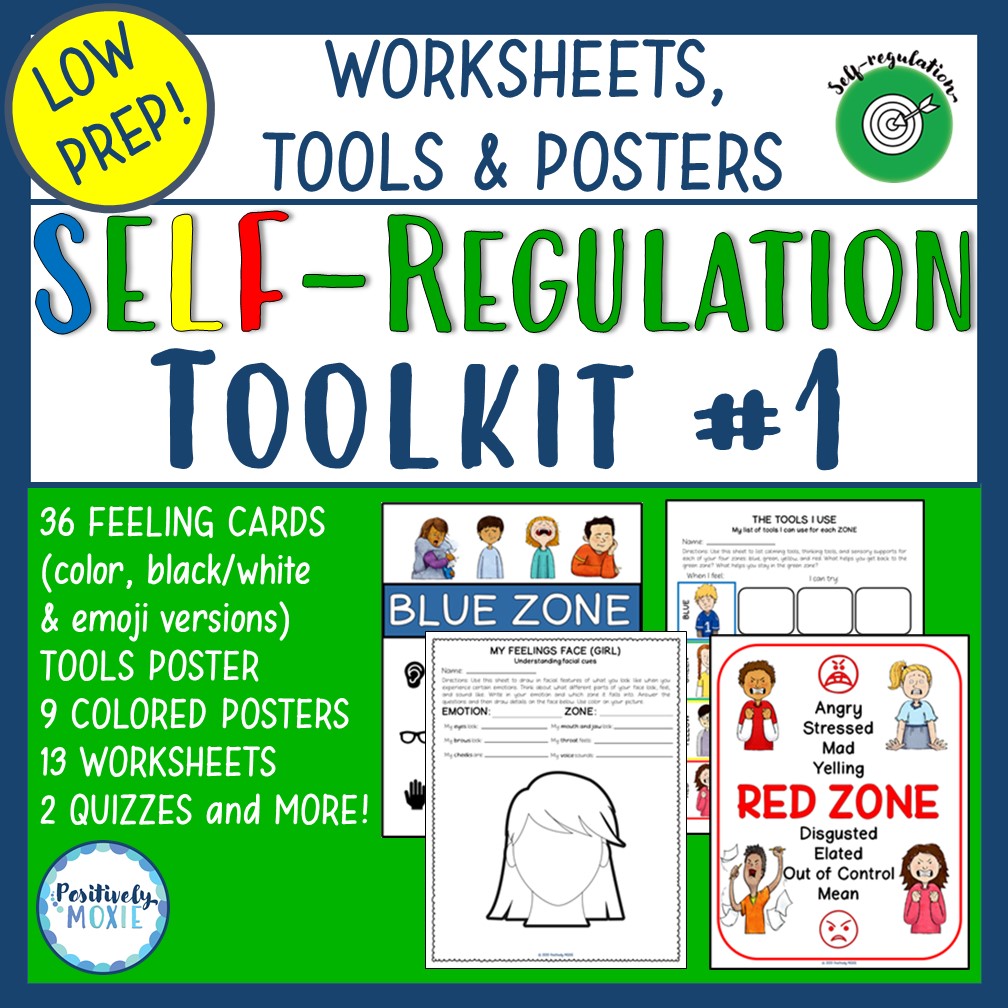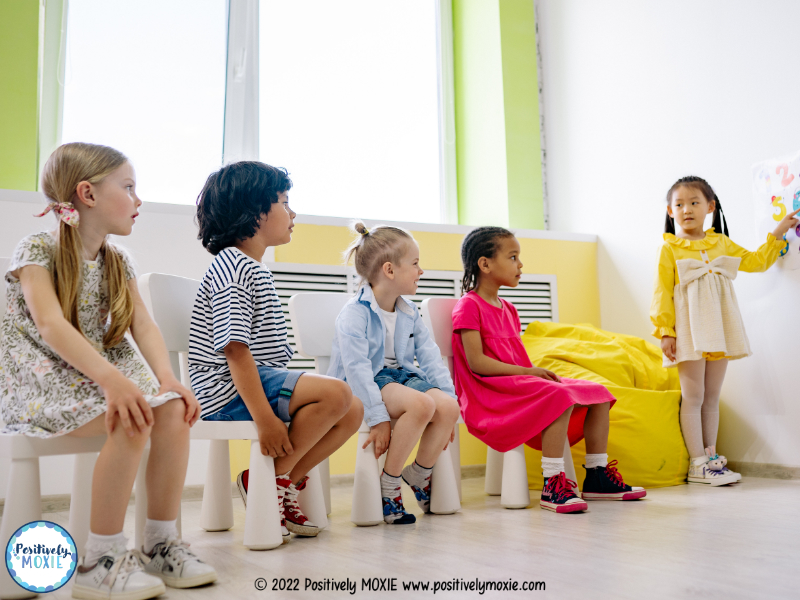
Student self-regulation in the classroom is essential to student learning. It involves understanding and processing emotions so we can manage behaviors. If students are too busy struggling to manage their feelings and actions, they cannot attend to instruction and learn. For students who demonstrate these skills most of the time, learning is easier for them. For students who can’t manage their big emotions or behaviors, learning for them is more difficult. Much more difficult. This article outlines a step-by-step method to help you teach self-regulation in the classroom to your students within your day.
We all know the students we’re talking about: the students who can’t sit still, are quick to tears out of frustration, or who anger easily out at recess, lashing out at peers. Students with difficulty with self-regulation in the classroom aren’t available for learning.
How do you teach self-regulation in the classroom?
Perhaps more than ever, we recognize the greater need to help our students learn self-regulation skills at school. These skills, however, are rarely taught explicitly. Self-regulation in the classroom is a dynamic, deliberate process. Student self-regulation involves adjusting thoughts, feelings, and actions to meet the demands of the classroom.
Use a Validation Statement First
Begin by providing the student with validation to help them manage their feelings. Start with compassion and empathy. This will help your students gain insight into how they’re processing their big emotions. Some useful phrases to use when talking to your student include:
- “I recognize that this is important to you.”
- “I see this is frustrating for you.”
- “It looks like you’re (insert emotion).”
- “Can you help me understand this a bit more?”
When a student can tell you what is upsetting him, it allows insight into his perception. As a teacher, you can disagree, but it allows you to understand it better. Validating students with comments such as, “I believe you.” and “Help me understand.” helps to validate their feelings, versus stating, “Tell me,” may come across as more aggressive and bossy.
Help Students Recognize and Label Their Feelings
This is the beginning of student self-regulation and understanding of their emotions. In this first step, we teach students to recognize their body’s clues. When students are experiencing their big emotions, ask them what their body is telling them. What is happening with their facial expressions? Next, help the student put a name to their emotion through a feeling word. Naming emotions is key.
As a teacher, you can help them by labeling your emotions. For example,
- I was frustrated when the traffic jam caused me to be late for work!
- I feel calm when I see all my students sitting quietly and studying.
Understand How Triggers Affect Emotions
This step may be one of the hardest to help your students learn self-regulation in the classroom. Triggers cause us to have big emotions. Triggers are events that cause us to become worried, frustrated, or even angry. What causes us to become upset? For our students, it can be a whole host of things at school, from not being included in a game at recess to being called a mean name by a peer or receiving a low mark on a test.
Other triggers might include being overly tired or hungry and arguing with a parent at home. The list is exhaustive. Many times, we can help the student identify the trigger. Sometimes, however, the trigger is something that even an experienced observer may be unable to identify. The young person may not be able to articulate it, either.
Understand Options
Regardless of the trigger, we then need to help students understand the problem they are faced with. As the teacher, you assist students with this step of their self-regulation skills by helping them think through options to deal with this problem. This is where the stoplight fits in. The “stoplight tool” is a 3-step tool based on the three colors of a stoplight. Step one, the “red light,” is to stop, think about the problem, and take 3 deep breaths. Step two is caution, the “yellow light.” This step directs us to slow down and look at our options for the problem. We ask ourselves, how can I solve this problem? We often need to support our student’s self-regulation at this step. In this second step, we make a plan on how we can solve or tackle this problem. The last step in the Stoplight Tool is to implement the plan. We decided and went ahead with the plan that we’d made. Sometimes our plan works, but we must revise our plans.
Use Coping Tools
Coping tools are strategies and activities to help our nervous system calm down and cope when we experience stressful situations. It is a key step when teaching your students self-regulation in the classroom. The goal of using a coping tool is to help your students regulate their emotional responses so they don’t automatically go into their fight or flight response. This can cause big behaviors in the classroom.
Practice ahead of time. Allowing your students to practice these coping tools when they are calm and ready to learn will help them when they need to use them in moments of frustration. Second, avoid the one-size-fits-all all approach. With many students, not all coping tools will result in the same response.
Furthermore, even using the same coping tool in one situation may not have the same results the next time, even if the situations are similar. Help your students prepare lists of coping tools or have them highlight from a prepared list of tools. Lists allow students to have visual cues for them to use when they need it most. Another option is to post the coping tools list in your classroom or a calming corner where students can refer to it.
Perform Mindful Breathing
Mindful breathing is a well-researched, science-based tool that helps calm our nervous systems. This is another important student self-regulation skill. It works by activating our body’s natural relaxation response. Mindful breathing works by assisting the body in slowing the heart rate, relaxing the body, and improving focus. Teachers can teach students options including balloon breathing, Infinity breathing, box breathing, rainbow breathing, sloth breathing, or finger breathing.
Develop a Calming Plan
Developing a personal calming plan is the final step in teaching your students self-regulation in the classroom. A calming plan is a sequence of simple activities students do to help them manage their triggers. The four-step calming plan helps them visualize and take the necessary steps to calm their bodies.
It is important to note that this may look different depending on your student’s grades, needs, and abilities. Sometimes students do well with a written list. Other students will need pictures already drawn and created for them to create, while other students will choose to write on pictures and help them learn and understand their steps, which they need to use to help them manage their frustration, anger, or other big emotions.
Self-regulation in the classroom is essential to student learning, as students with difficulty self-regulating have difficulty learning. It involves teaching students to understand and process their big emotions so they can learn to self-regulate. This allows students to learn in the classroom.
Perhaps more than ever, we recognize the greater need to help our students learn self-regulation skills in the classroom. These skills, however, are rarely taught explicitly. We can teach our students to regulate their emotions better. Self-regulation in the classroom is a fluid and intentional process. Students who demonstrate strong self-regulation are more engaged learners, demonstrate healthier relationships, and are more resilient to life’s stress.
